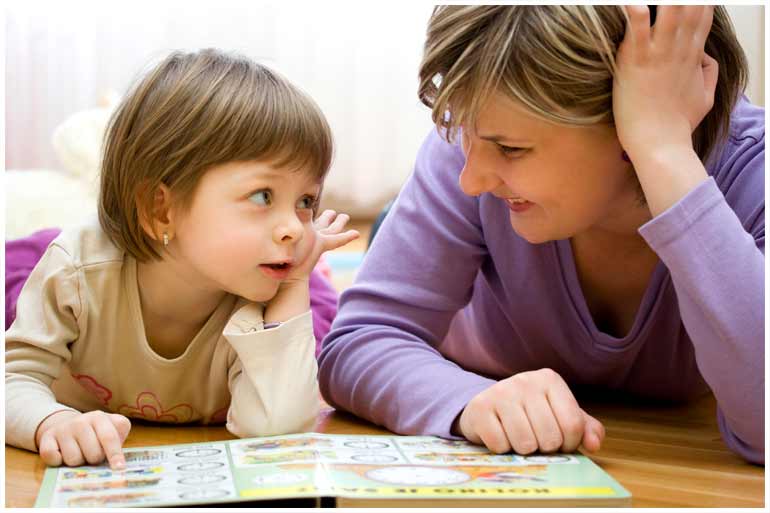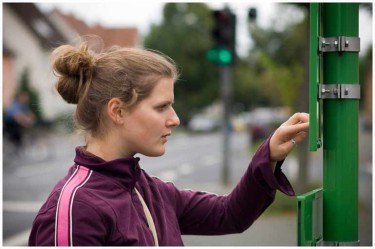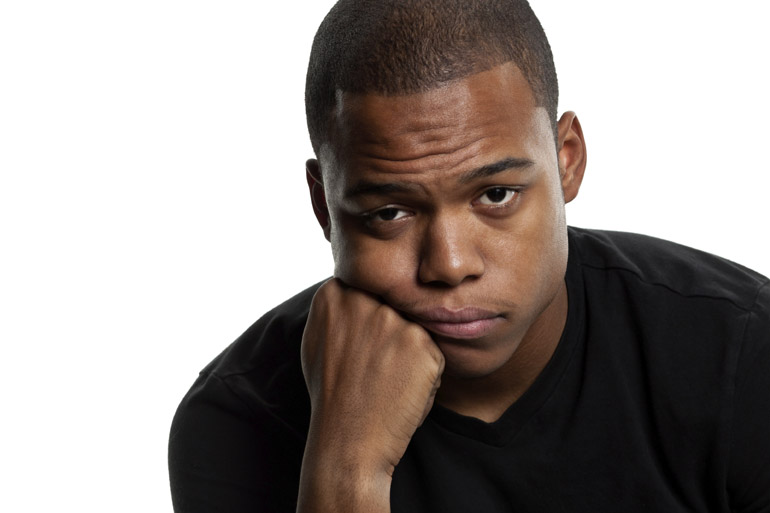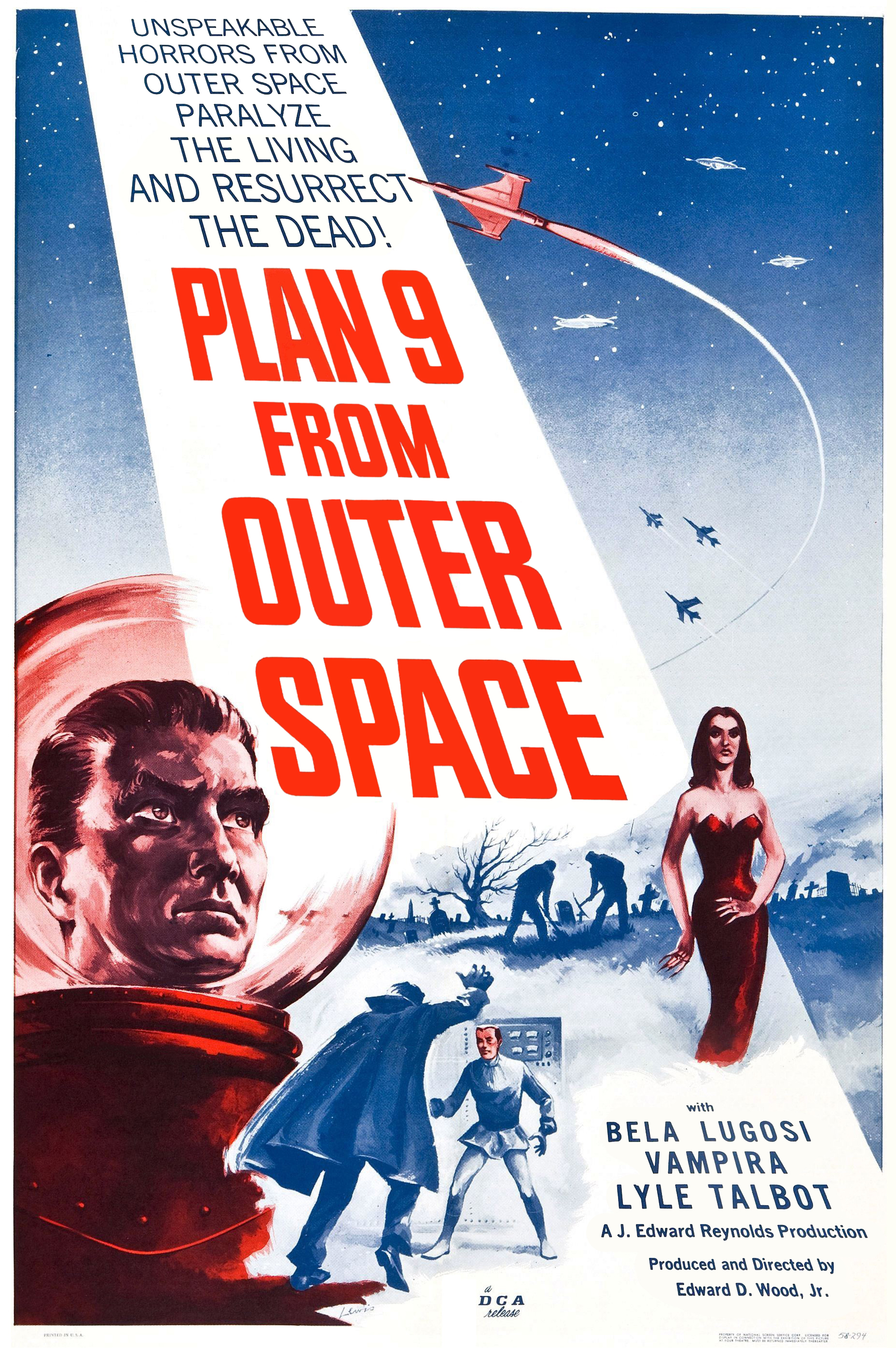Welcome to the Ontario Literacy Course.
Over the next 20 learning activities we will be exploring how to improve reading and writing skills. You will be reading a variety of materials and practising the use of reading strategies. You will be also learning to brainstorm ideas, create rough drafts, and write good copies of articles, information paragraphs, and summaries.
Don’t worry, though! This isn’t going to happen at once. Each learning activity is designed to help you build on your skills at a pace you can follow so that you can successfully complete the literacy expectations for this course and graduation.
With some effort and a little patience, I’m confident that you will successfully complete this course.

Remembering reading
Reading takes place all the time. Often, we don’t even realize we’re doing it.
Maybe you don’t think of yourself as a reader because you don’t read novels. Many people who don’t read novels will claim that they are not readers; however, reading takes place in a variety of ways
Let’s see what types of items you read and how often you do so. Take a few minutes to complete this "Personal reading inventory" (Opens in new window) Once you’ve completed the survey, save it to your computer, as you will be looking at it again, later on.




Were you surprised at how often you did read? Most people read a fair bit, but not everyone reads the same type of reading materials. Which types of materials do you read most often? It makes sense that these will be the reading forms you are most familiar with. When you are familiar with the form of the item that you are reading, you have more strategies to help you interpret the information
Visual clues can help us to “read” what people are feeling. Use your strategies to read these images.
Sometimes, the little clues are visual. Using all the visual clues that you are given, decide what these people do for a living.
Photo 1
We would guess that this young woman doesn't work in an office most of the day because of her hard hat and vest.

Photo 2

However, we might think that this man does work in an office because he is wearing a shirt and tie.
Sometimes the clues come from the context or situation.
Sometimes we don’t know what will happen next. So, we make a prediction or a best guess by reading the information that is available
So, what does all this have to do with regular reading? Pretty much everything. In order to read, you look for all these things.
Let’s go over this again
You look for:
- the form of the text that you are reading
- the overall idea of what you are reading
Then you look for the smaller details. And you make predictions. You make connections.
You ask yourself questions about what you are seeing and you sum things up.
For example, when you look at a text you might ask, “Is this a novel or a textbook?”
That’s the form.
When you examine features a little more closely, you ask more specific questions, like “What is this about?”
That’s the overall idea.
Then you look for smaller clues.
Those are the details.
Then you ask yourself, “What’s going to happen next?”
That’s the prediction.
Then you think about how this relates to you.
That’s the connection
While we read, we respond to the parts that we do know and we ask questions about the parts that we don’t know.
Form
Consider form.
Even if you’ve only ever looked at a magazine when you visited the doctor or dentist, you know that the form of a magazine includes pictures, articles, and lots of advertising.
So, what about textbooks? What is their form?
Textbooks have:
- A title
- Chapters
- Subtitles
- A table of contents
- An index
- Images
- Questions
These are the characteristics of the form of a textbook.
By expecting to see a textbook organized that way, you will be ready to read it more successfully.
Occupations that read
Often, people’s occupations require them to read certain types of things. In other words, the form is determined by the purpose.
Listen to these people talking about their occupations and the kinds of things they have to read. Think about the purpose of their reading. While you listen, record the form and purpose of reading for each person. There may be more than one form and purpose for each person.
The form of what these people read depends on the purpose for reading them. For example, a contract is different from an ingredient order list and that is certainly different from a real estate advertisement. The point is that you must learn to read well and recognize that reading happens in every occupation. What you read and how well you understand it depends on your ability to recognize and deal with:
- Form and purpose
- Overall idea
- Details
- Predictions
- Connections
Setting goals
Now that you’ve had a chance to see and hear what other people read in their daily lives, stop and think about all the ways that you read, from morning to night. One of the requirements of this course is that you create a reading goal and monitor your progress toward achieving it.
Your general goal should be to improve your reading and writing skills so that you can be successful in this course and in life. Think about making your goal S.M.A.R.T. What is a S.M.A.R.T. goal? To find out, look at the example and the S.M.A.R.T. definitions.
As you read the example, click on the S.M.A.R.T. letters to see how each definition in the S.M.A.R.T. goal matches each part of the example.
My S.M.A.R.T. goal is to learn how to drive a car within the next four months by taking 24 driving lessons.
My specific goal is to learn how to drive a car within the next four months.
My goal is measurable because after having taken 24 driving lessons over four months, I will be able to tell whether I can drive a car or not.
My goal is attainable because, after 24 driving lessons over four months, I should be able to learn how to drive.
My goal is realistic because, with lessons, I should be able to learn how to drive within four months.
My goal is time-bound, because I have given myself four months within which to achieve my goal.
Setting my goal
Now it’s time to set your S.M.A.R.T. reading goal for the course. Complete this “S.M.A.R.T. goal sheet (Opens in new window).” Fill in the blanks and save it to your computer. You’ll refer to it later in the course.
Now that you have mapped out your reading goal, think about how you can start working towards achieving it.
- You might need to find a quiet place to work.
- You might need to find some reading materials that would be interesting for you.
Libraries have so much more to offer these days and it might be worth a trip. Many libraries have online materials, too, so you could browse through them without even needing to leave your house!
Don’t wait.
Get started now!

First Notebook entry
Here you are near the end of learning activity 1.1. Already!
So far, you have:
- Completed a personal reading inventory
- Learned how you use form, purpose, details, predictions, and connections as reading strategies
- Learned about reading in other people’s lives
- Set a reading goal
That’s pretty good for just one learning activity! At this rate, you will be finished this course in no time at all.
Before we end this learning activity, there is one more thing you need to do.
You need to create a Notebook folder and add one file to it. The file needs to be a paragraph written by you that includes:
- What you have learned so far
- Your reading goal
Your Notebook will need to be electronic so that you can submit it at the end of the course. You will be using your Notebook lots of times.
Notebook
Now, create a folder on your computer called Notebook.
Open a file on your computer, and write the date and your thoughts and reflections on what you have learned so far about yourself and reading. Call the file learning activity 1.1 Logbook Entry. You can name all the Logbook entries by their learning activity number.
Here is a learning activity 1.1 Logbook sample entry, if you are having trouble getting started:
If you asked me before I would have told you I didn’t read. I probably would have told you that I hated to read. I guess I don’t mind reading if it’s things I like. I don’t like novels about olden times or Shakespeare. I don’t get him. Of course I like magazines about flying and travel and interesting places. I like some books on gardening and things like that but I usually look at the pictures and read the information when I like what I see. I like books on facts too, like the Guinness Book of World Records and unsolved mysteries or true crime. Mostly, I text and send emails and chat online. I know I need to improve my skills so I can have a better job but I would also like to be able to read the handwritten letters my grandma sends. I’m not very good at reading handwriting and I don’t like that I can’t read all of her message.
Here are some guiding questions to get you started:
- Which items do you read most often? Why?
- Which items do you never read? Why?
- How often do you read?
- Were you surprised at all the different things that you read?
- Were you surprised at how often you read?
- Were there any items that you don’t mind reading but you don’t read very often?
- Which area of your reading would you like to improve?
- Did you include something from your personal reading inventory results as a goal?
- Do you see the connection between your reading habits and your needs in the future?
- Where are you when you read? At home? School? Work
Portfolio
Evaluations during the course will be based on a variety of teacher-assigned and student-selected reading and writing tasks and these will take place towards the end of units. In addition, you will be required to submit a literacy Portfolio, along with your Logbook, at the end of the course.
You now have your notebook set up and underway.
Let’s get your Portfolio started.
Just as with your Logbook, you need to create a folder on your computer for all your Portfolio entries. Save each one by the learning activity number. And, just as there is an image associated with your Logbook entries, so, too, is there an image associated with your Portfolio tasks.
Whenever you see this image, it is time to prepare and save a Portfolio item.
You will submit this Portfolio at the end of the course.
Portfolio item
In this learning activity, you learned about what is involved when you read. Go online and do a search on these words: “what reading means to me.” You should view several hits before you choose one. The one you choose must have these criteria:
- It must be at least one page long.
- It cannot be a video
Read what the person has written and write a paragraph in response. Pretend that the person who wrote it will read your response. Tell them whether you feel the same way about reading or not. Explain your reasons.
Note: You must save the URL and include it with your work.
Save your work in your Portfolio and call the file "Learning activity 1.1 portfolio item" or something similar.
Supplementary Reading Package
In your Locker, you will find your “Supplementary Reading Package (Opens in new window).” For this course, you are required to complete the reading activities in the package and submit them in the final Assessment of Learning in the last learning activity. The instructions can be found in the Supplementary Reading Package.
See you in learning activity 1.2.















